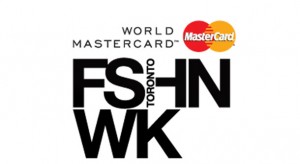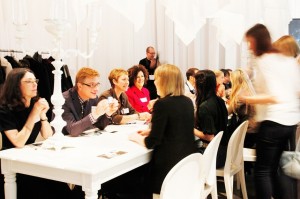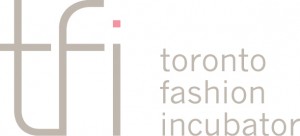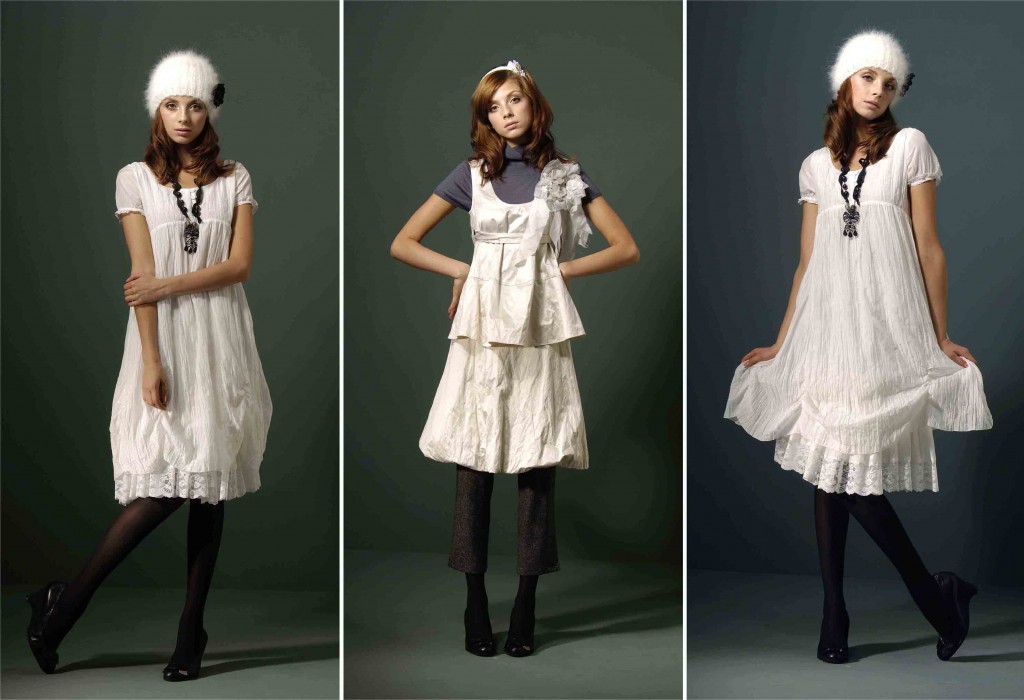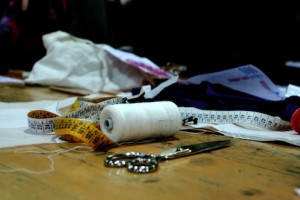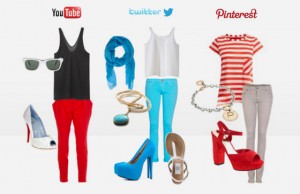The Folly of Fast Fashion
It’s not me, it’s you. It’s definitely you.
The folly of fast fashion.
We’ve had a good run. It was fun and exciting, but we’re not meant for one another. I’m looking for something longer lasting, while you’re looking for just a fling. Face it, we have different visions and we want very different things. I know that it’s hard to understand, but I’m looking for a more long term commitment. I’m sorry, but it’s not working out. We’re breaking up.
I wrote this letter to myself just a few weeks back. I’ve moved out just over a year ago, and like anybody starting out I’ve needed to find ways to cut costs. Cutting some costs were pretty simple (cable TV) and some things were a little more difficult (magazine subscriptions and imported wine). The hardest thing to give up by far was the freedom to make what felt like unlimited fashion choices. Suddenly, I had to choose between pieces that I loved equally, where as I previously lived at home, my income could go almost entirely to shopping. I decided that I’d switch from my regular boutiques with selected quality pieces to fast fashion. This way, my clothing budget that would normally afford me one piece could afford me nine. Brilliant? Absolutely not.
I truly felt that it was a genius idea. Sacrificing what I thought to be a small amount of quality turned out to be a much bigger issue. It went well beyond clothing not being as soft and zippers not gliding up as easy. My new issues? Hems falling down, ill fitted pieces, articles of clothing pilled and pinholes appeared in what seemed like impossible places. I’d need to replace dresses much more frequently, and I didn’t feel beautiful wearing a dress with pinholes and pilling.
When I thought things couldn’t get worse, they did. Things took another turn one year later. Normally, I had my staple pieces from the year before that I could build from, but those pieces weren’t purchased quality enough the year before, so I had to start a wardrobe on a completely blank slate each season. Purchasing new fast fashion pieces wasn’t an option; I knew the same thing would just happen again next year.
This is why I’ve broken up with fast fashion. It gets you caught in a cycle where you have to constantly replace. It’s not sustainable, it’s not inspiring or beautiful and it really watered down the fun of fashion. I need to begin building a quality wardrobe again, it’s going to take time and it’s going to be expensive. I’m done with fast fashion. We’ve broken up and I’m never looking back.
Article written by guest fashion blogger Bhreigh Gillis. You can follow her on twitter @Bhreigh.
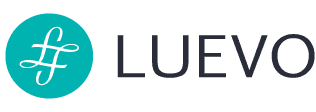
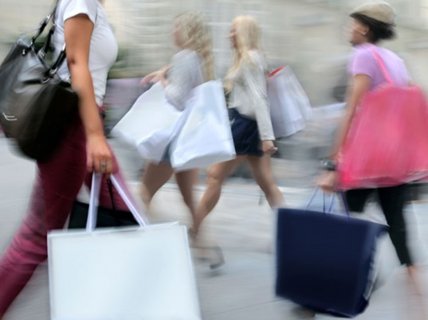
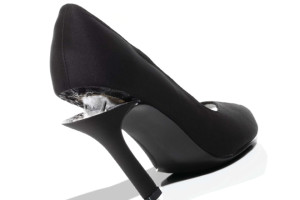
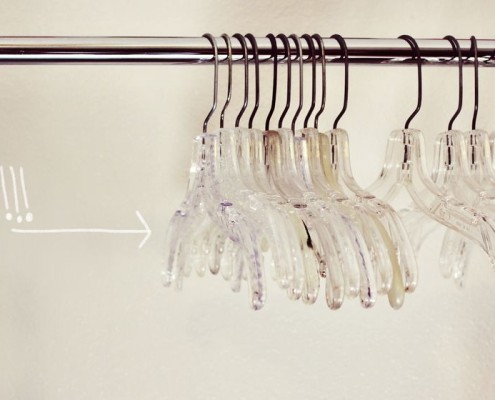
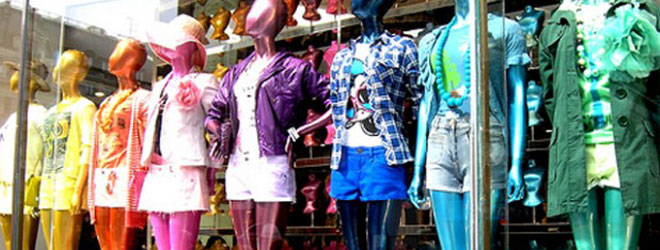
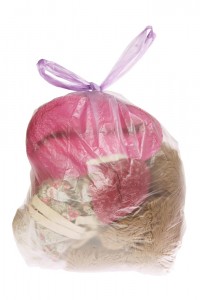


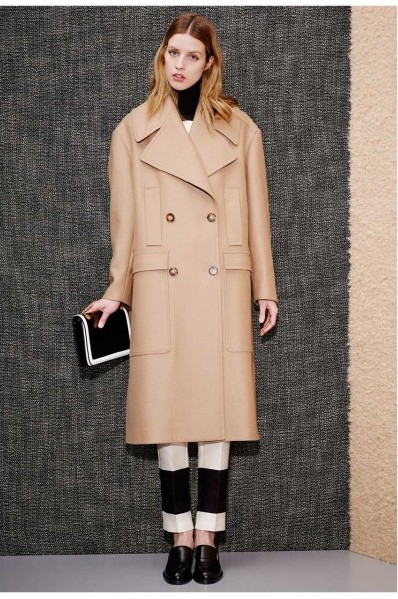
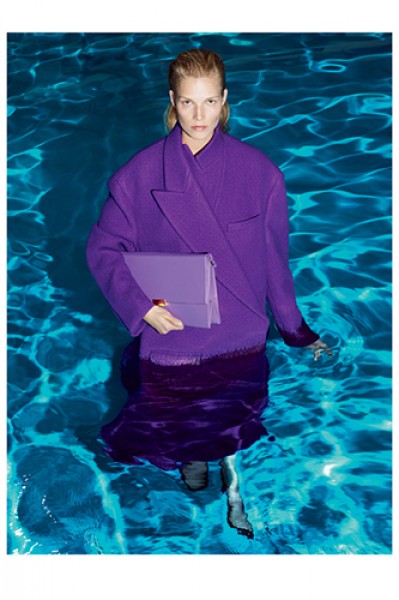
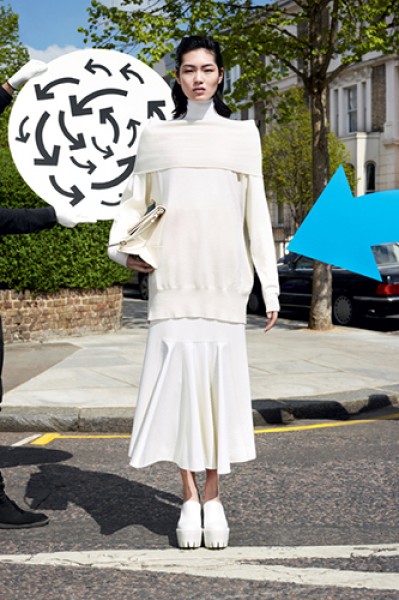
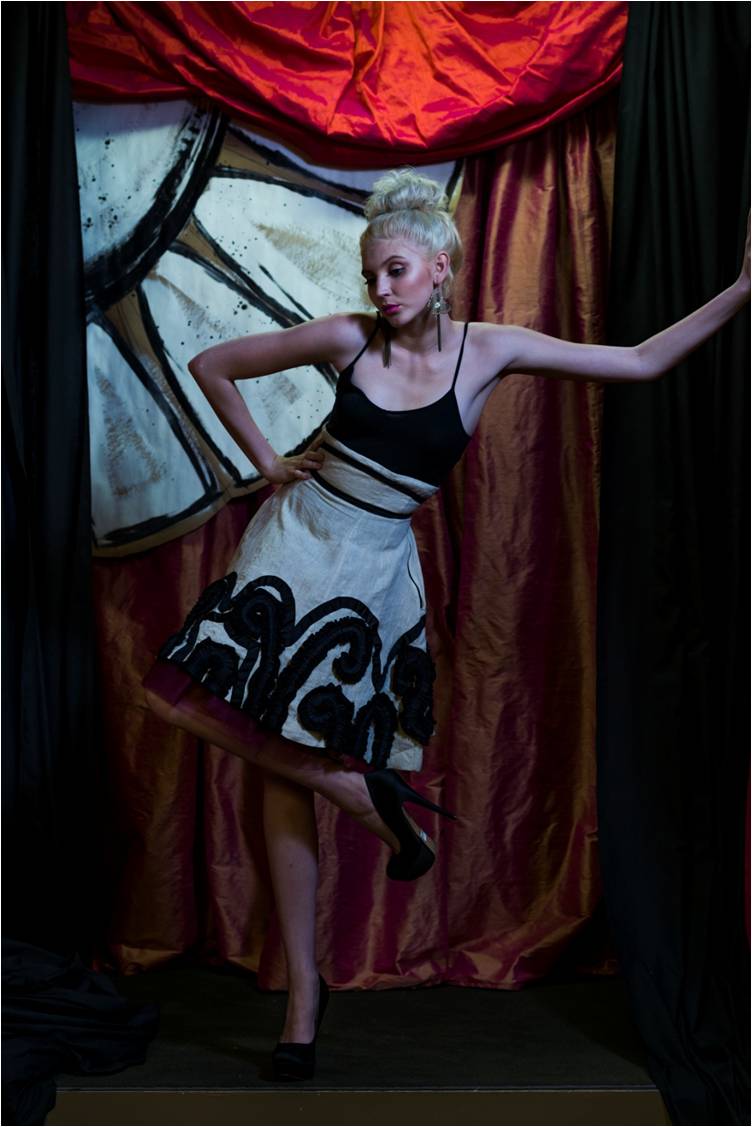
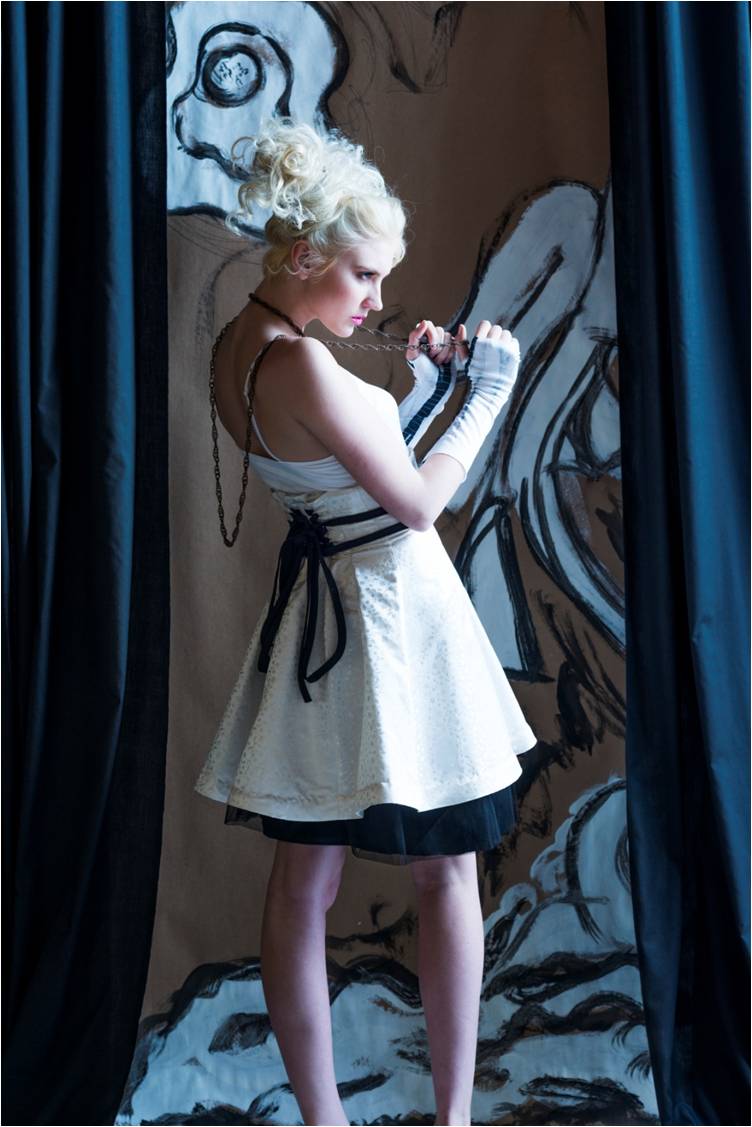

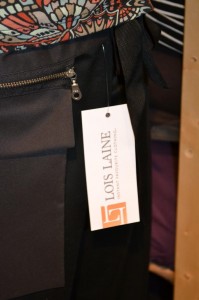
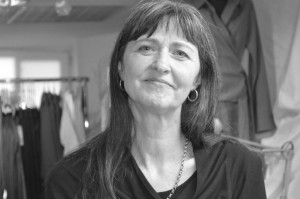 [/one_third_last]
[/one_third_last]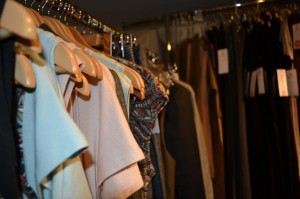 [/one_third_last]
[/one_third_last]